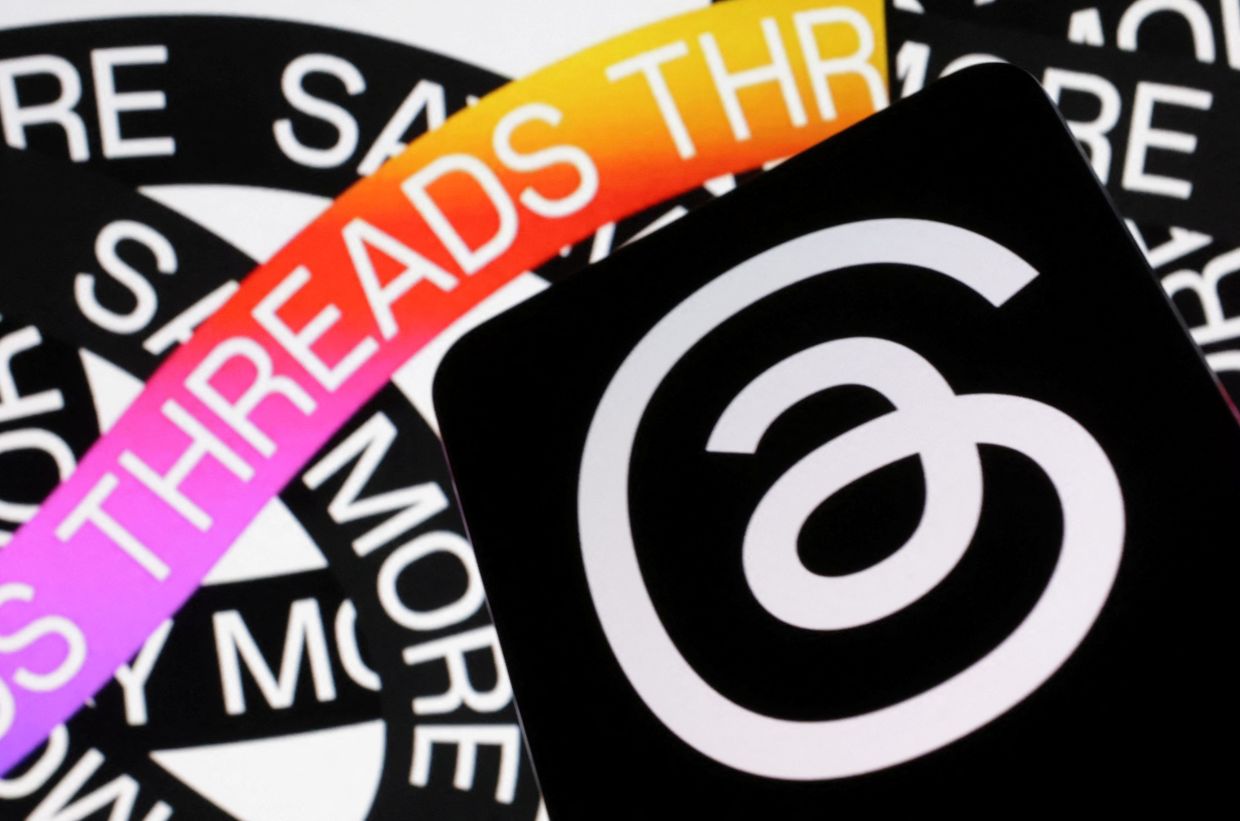
Meta has opened the floodgates for developers to dive into the world of Threads to rival Twitter and X after a selective testing phase with chosen companies in March.
Now, with developer documentation out in the open and a sign-up sheet ready for action, the stage is set for a broader range of creators to bring their innovations to the Threads community, all in anticipation of the API’s public debut slated for June.
What Does Threads’ API Documentation Reveal?
The freshly released documentation serves as a treasure trove of information, laying out the API’s capabilities and constraints. It’s a resource aimed at empowering developers to seamlessly weave their apps and projects into the Threads fabric. For those with a keen interest in data, the Insights API offers a window into metrics such as views, likes, replies, reposts, and quotes on Threads’ posts. The guide also sheds light on publishing content, fetching replies, and navigating potential hiccups along the development journey.
Threads’ API Restrictions
Meta has imposed certain restrictions to maintain the platform’s integrity and user experience. Developers will find their Threads accounts capped at 250 API-published posts within a 24-hour period and limited to 1,000 replies. This decision is a clear nod towards curbing spam and ensuring quality over quantity.
Moreover, the documentation details specific requirements for media uploads and highlights a concise 500-character limit for text posts — a middle ground between Twitter’s brevity and X’s more expansive character allowances for paid subscribers and article postings.
Threads’ Beta Testers
The initial roster of beta testers includes notable names in social media management and technology news, such as Sprinklr, Sprout Social, Social News Desk, Hootsuite, and Techmeme. Their involvement indicates the broad spectrum of functionalities and services that Threads aims to support, from analytics to content management.
Threads’ integration with the wider fediverse, a network of interlinked social networking platforms including Mastodon, marks another intriguing aspect of its evolution. Although direct fediverse sharing isn’t currently toggled via the API, users retain the option through the Threads app settings — a feature that underscores Meta’s nod to interoperability and community-driven networking.
Meta’s commitment to refining and expanding the API’s capabilities is clear, with promises of ongoing updates to the documentation based on developer feedback. This approach not only enhances the API’s utility but also fosters a collaborative environment where developers can contribute to the platform’s growth. The invitation for developers to sign up and share their input ahead of the public launch is a strategic move, allowing Meta to gauge interest and prepare for the influx of new applications set to enrich the Threads ecosystem.
Related News:
Featured Image courtesy of DADO RUVIC/REUTERS
